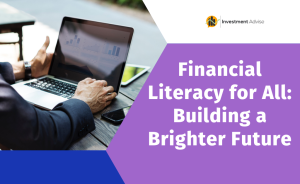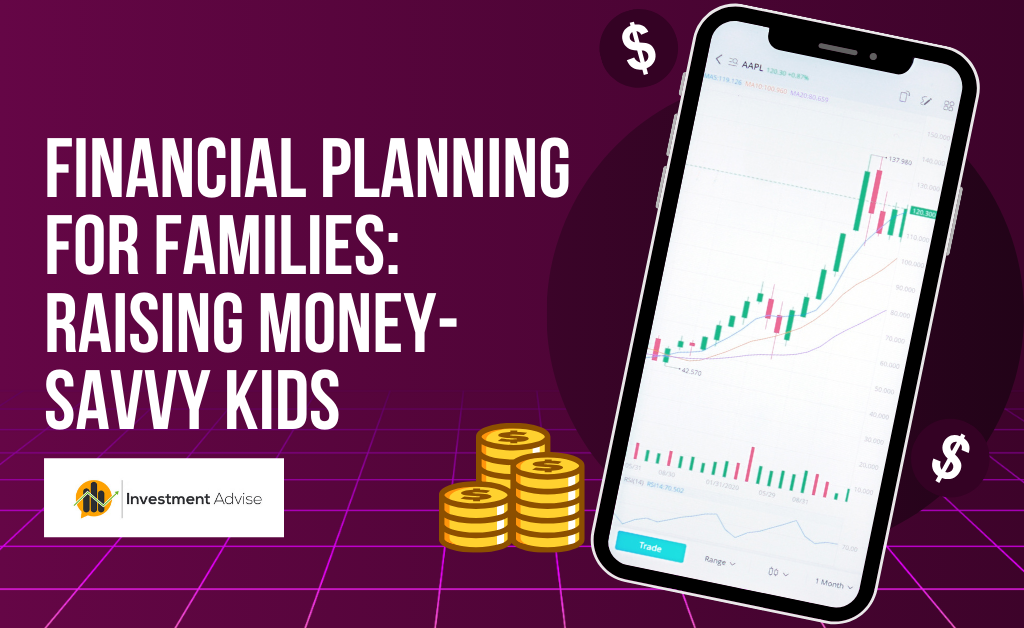Financial literacy, the ability to understand and effectively manage money, is a cornerstone of personal empowerment. It’s a skill that transcends age, income, and education, impacting every aspect of our lives. Yet, despite its significance, financial illiteracy remains a pervasive issue. It’s time to change that narrative.
Why Financial Literacy Matters
Financial literacy is not just about numbers; it’s about choices. It empowers individuals to make informed decisions about earning, spending, saving, and investing. This knowledge translates into a myriad of benefits.
- Improved financial health: By understanding budgeting, saving, and debt management, individuals can build financial stability and reduce stress.
- Increased opportunities: Financial literacy opens doors to homeownership, education, and entrepreneurship.
- Enhanced decision-making: Informed financial choices contribute to overall well-being and can lead to a higher quality of life.
- Stronger communities: Financially literate individuals contribute to a more stable and prosperous society.
Breaking Down the Barriers
While the importance of financial literacy is evident, access to quality financial education remains uneven. Several factors contribute to this disparity:
- Limited access to education: Many individuals, especially in underserved communities, lack formal financial education.
- Complex financial products: The financial industry often uses jargon and complex terms that can be intimidating.
- Lack of confidence: Some people feel overwhelmed by the idea of managing their finances.
Building a Foundation for Financial Literacy
To address these challenges, a multi-faceted approach is necessary:
- Early education: Incorporating financial literacy into school curricula from an early age can foster lifelong money management habits.
- Accessible resources: Providing free or low-cost financial education materials and programs can help bridge the knowledge gap.
- Clear and simple language: Financial institutions and government agencies should use plain language in their communications.
- Mentorship and coaching: Pairing individuals with financial mentors can provide personalized guidance and support.
- Digital tools: Leveraging technology to create engaging and interactive financial learning experiences can make it more accessible.
Practical Steps to Financial Wellness
While broader systemic changes are essential, individuals can also take proactive steps to improve their financial literacy:
- Set financial goals: Define short-term and long-term objectives to stay motivated.
- Create a budget: Track income and expenses to identify spending patterns and areas for improvement.
- Build an emergency fund: Save three to six months’ worth of living expenses for unexpected situations.
- Understand credit: Learn how credit works, build good credit, and avoid debt traps.
- Invest wisely: Explore investment options that align with your risk tolerance and financial goals.
- Seek professional advice: Consult with a financial advisor for personalized guidance.
Financial literacy is not a destination but a journey. It requires continuous learning and adaptation. By investing in financial education and empowering individuals with the knowledge and tools they need, we can create a brighter future for everyone.
Let’s make financial literacy a priority. Together, we can build a society where everyone has the opportunity to achieve financial well-being.














